In celebration of our annual event, IGGPPCamp, we are launching a new ongoing series: Great Geek Girls. This series will explore women throughout history with passion for their craft, field, or interest. These women were geeks before the word geek even existed; kindred Spirits who most definitely would have been Iggles.
One of the best things about IGGPPC is the camaraderie and supportive community that has grown up around this hobby we share. At no time is this more evident than IGGPPCamp. Each August, our group comes together to share crafts, recipes, and stories and, as we share time together, we learn how unique and inspiring our Iggle friends truly are. In our lives beyond the envelope, we have authors, scientists, leaders in business, gardeners, cooks – individuals with passion and gumption that they display in all aspects of their life. We are inspired by this community of amazing people and we can find a myriad of examples in our cultures and histories to inspire us further.
This month, in honor of our intrepid campers and camp staff, let me introduce you to some amazing women who were explorers and pioneers of their fields.
“‘The Wife of Shabono our interpreter We find reconsiles all the Indians, as to our friendly intentions. A woman with a party of men is a token of peace.’”
Sacagawea, 1788-1812
Sacagawea (Sacajawea or Sakakawea) was a Lemhi Shoshone explorer and the only woman to take part in the Corps of Discovery, the 1804 expedition to the Pacific ocean led by Lewis & Clark. Sacagawea was stolen from her tribe at the age of 12 and sold into a non-consensual “marriage” to a Quebecois trapper, named Charbonneau. When Meriwether Lewis and William Clark arrived in North Dakota in the winter of 1804, Charbonneau was hired as an interpreter because Sacagawea spoke Shoshone. Sacagawea’s interpreter skills were vital to the Corps of Discovery, as was her knowledge of the territory which allowed them to pass safely through the Rocky Mountains and kept them fed when supplies were scarce.
Via Cowgirl Magazine
“Probably you’ll laugh at me but I want to be a ranger.”
Clare Marie Hodges, 1890-1970
At the age of 14, Clare Hodges first viewed the Yosemite valley of California. In 1918, she returned to Yosemite National Park and, hearing that they were in need of rangers, visited the park superintendent to apply. Superintendent Lewis gave Hodges the job and Clare became the first fully-commissioned female park service ranger for the U.S. National Parks. Clare was part of the mounted patrol, ranging throughout the park, and part of her duties included returning entrance fees from the Tuolumne gate to headquarters. Hodges duties, uniform, and authority differed from the male rangers in only one way, she refused to carry a gun. In her time as a park ranger, Clare was never troubled to need one.
Via Mamizi
“No one had ever heard of a black woman pilot in 1919. I refused to take no for an answer. My mother’s words always gave me strength to overcome obstacles.”
Bessie Coleman, 1892-1926
The daughter of a family of sharecroppers in Texas, U.S., Bessie Coleman faced great obstacles from her birth. Bessie taught herself to read, she walked four miles each day to attend school, and every year her education was interrupted by the cotton harvest. In 1916, Bessie moved to Chicago and lived with one of her brothers there. While working as a manicurist, she heard stories of the pilots who flew in WWI. Coleman began to save her money in hopes of training as a pilot but no United States flight school accepted women or people of color. With her savings and a scholarship, Coleman traveled to Paris where more liberal attitudes allowed her to attend flight school. In 1921 Bessie Coleman became the first licensed Black female pilot. She returned to the United States as a triumphant sensation and dreamed of opening a flight school where people of color and women could study. Her dream was cut short when in 1926 Bessie fell from her malfunctioning plane and died. Later investigation suggested her plane may have been sabotaged.
Via Twin Cities Public Television
“But how nice it is that one can come to know someone just through correspondence, and become really passionate friends.”
Julia Child, 1912-2004
Julia Child was certainly not the first female chef nor even the first celebrity female chef. However, Julia Child was a pioneer of bringing gourmet cooking, particularly French cuisine, into the realm of the household kitchen and she did this by commandeering television. At the age of 36, Child moved to Paris with her husband and began attending the distinguished Cordon Bleu cooking school. In 1951, she began working with Simone Beck and Louisette Bertholle to write a French cookbook for Americans. Based on the success of the 1961 Mastering the Art of French Cooking, Julia Child was given her own cooking show, The French Chef, which debuted in 1963. Child’s cheerful personality, unassuming manner, and the unedited nature of the show, which depicted any mistakes made during the cooking process, made the show widely digestible to audiences. For ten years, The French Chef, aired on public television and was the first television program to be broadcast with captioning for the hearing impaired. In all these ways, Julia Child pioneered fine cooking as an accessible skill for anyone.
Via Hirshhorn Museum
“I fight pain, anxiety, and fear every day, and the only method I have found that relieves my illness is to keep creating art. I followed the thread of art and somehow discovered a path that would allow me to live.”
Yayoi Kusama, 1929-
Born to a family of means in the Nagano prefecture of Japan, Yayoi Kusama was a creator from a young age but was not supported by her parents. At the age of 10, Yayoi began to experience hallucinations, which consisted of patterns, especially dots, and infinite fields. She became fixated on these patterns and they would become the basis for much of her future artwork. After studying at the Kyoto Municipal School of Arts and Crafts, Kusama moved to Tokyo in 1950 and eventually the United States in 1957. Drawn to the avant-garde movement, she moved to New York and was quickly recognized as a leader in the movement. Kusama’s installations became prominent in the 1960s, using mirrors, repeating patterns, and her signature polka dots to mimic the hallucinations she experienced. Her work expanded to include sculpture, performance, fashion, protest, fiction, and she even established a homosexual social club. In 1977, Yayoi checked herself into a hospital for the mentally ill and has chosen to live under medical care since, producing her art from the hospital.
Via ESA
“Once you’ve been in space, you appreciate how small and fragile the Earth is.”
Valentina Tereshkova, 1937-
On June 16, 1963, Vostok 6 launched into orbit. The solo cosmonaut aboard, 26 year old Valentina Tereshkova became the first woman in space and she remains the only woman to complete a solo space mission. Tereshkova, whose call sign was Chaika (Seagull), spent three days in orbit. An amateur skydiver, Valentina had been chosen with four others to form the first female cosmonaut corps in 1962. These five women began their program as privates in the Soviet Air Force. Prior to launch, Tereshkova was promoted to lieutenant and was made a captain mid-space flight. She remained part of the air force following her return to Earth, earned a doctorate in aeronautical engineering, and, though she would not return to space, served as an instructor at the cosmonaut training center. Tereshkova acted as a representative for the Societ Union throughout the 1960s and ‘70s and has remained politically active since the dissolution of the USSR.
“She took her time, but true to form gracefully rose once again, this time with me dangling over the side.”
Kay Cottee, 1954-
In June of 1988, the sailing yacht Blackmores First Lady entered Sydney harbor. At the tiller was Kay Cottee, who had just become the first woman to complete a solo circumnavigation of the globe. Kay had been alone at sea, sailing nonstop, for almost seven months. The only assistance she received was radio contact. During her voyage, Kay faced 22 meter (70 feet) waves, 100 knot winds, and was washed overboard when First Lady capsized. Cottee was attached to the yacht by safety lines and when the ship righted, she was able to climb back aboard. Cottee also faced her own fears and was especially vigilant about her mental health. She charted her course with a sextant and compass and logged over 35,566 kilometers (22,100 miles).
These amazing women forged new paths in their fields and looked to new horizons, sometime quite literally! What’s a new horizon you want to explore? Share with us in the comment below to chat with us over on Discord!
Have a suggestion for a Great Geek Girl we should feature? Send us a message! You can email Steena or find her Twitter (@steenaleen).

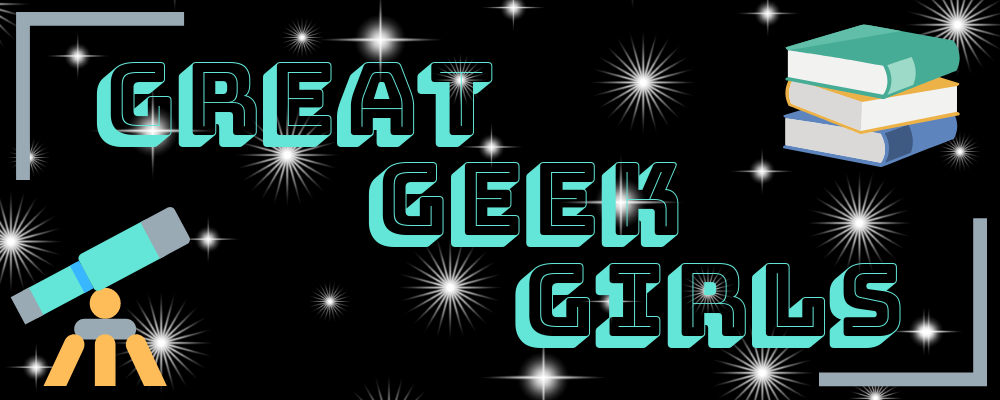
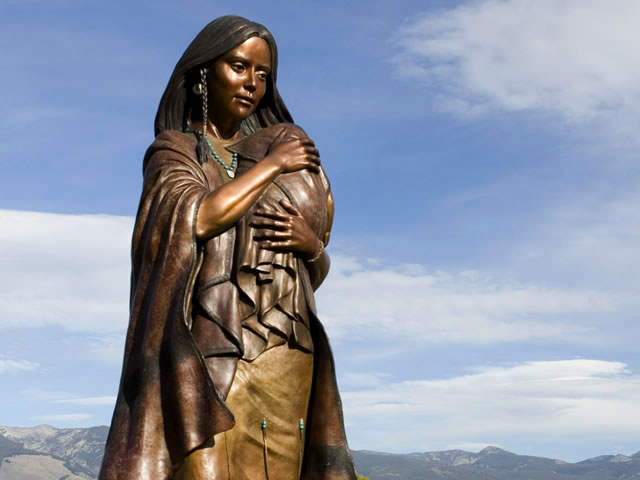
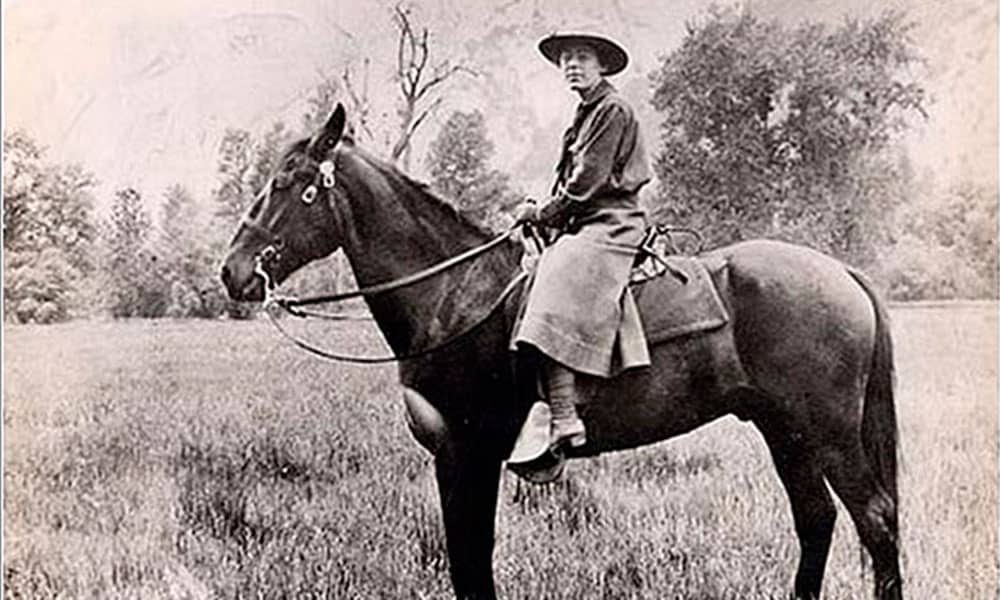

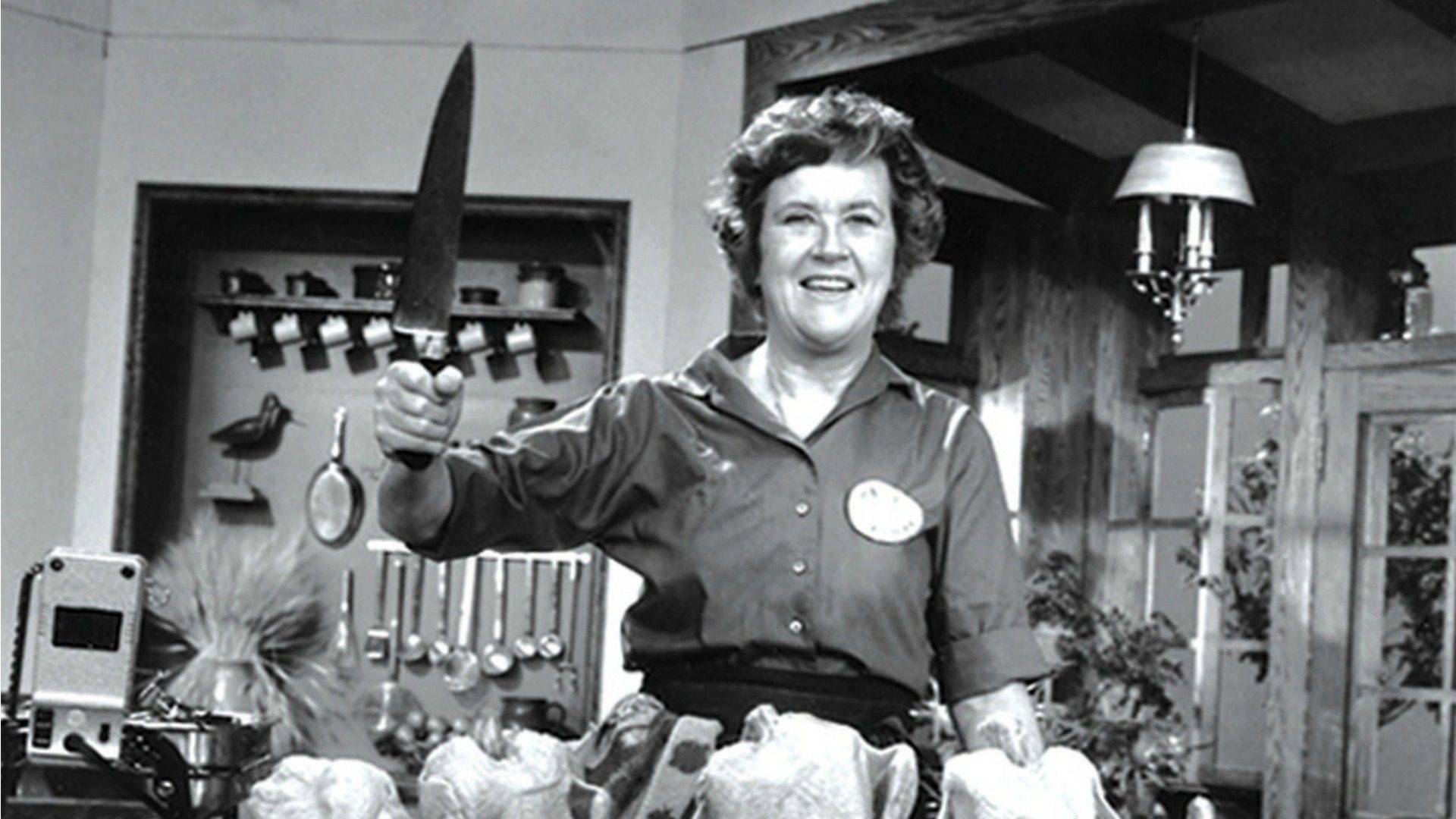
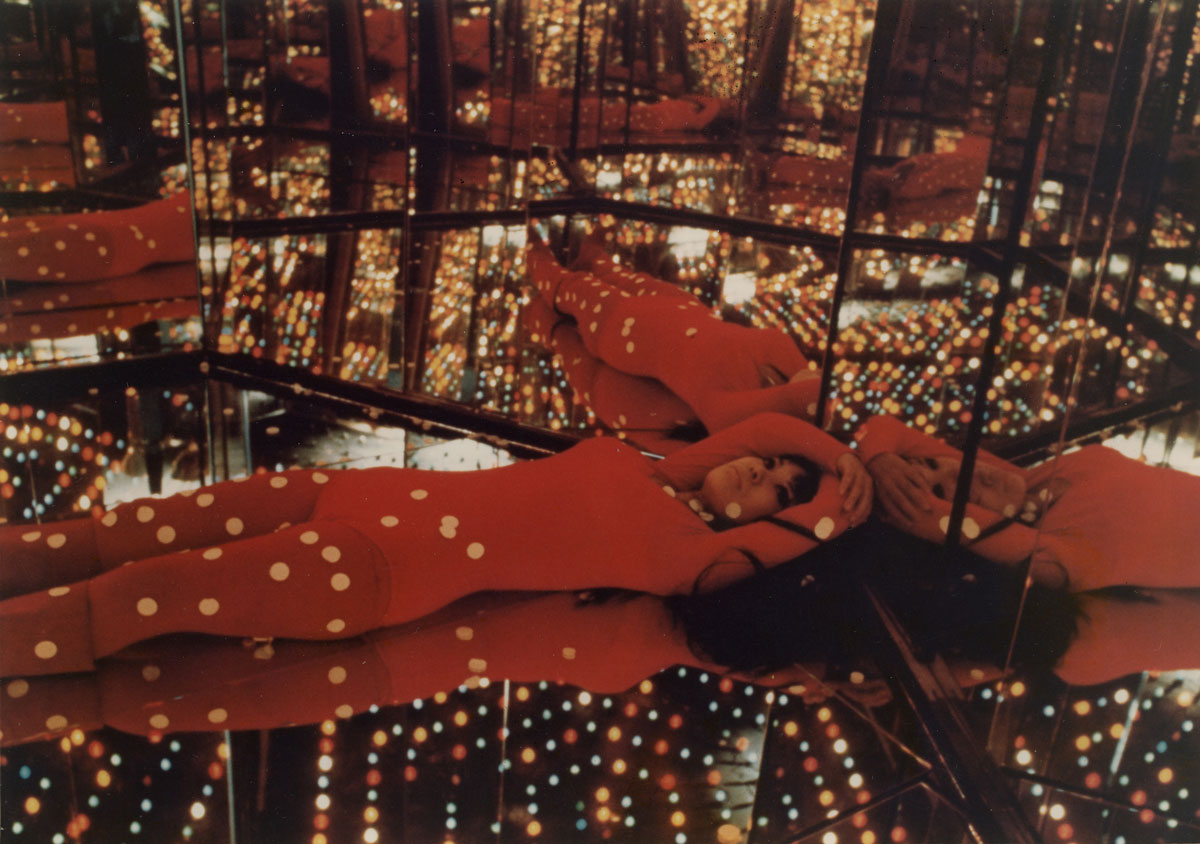
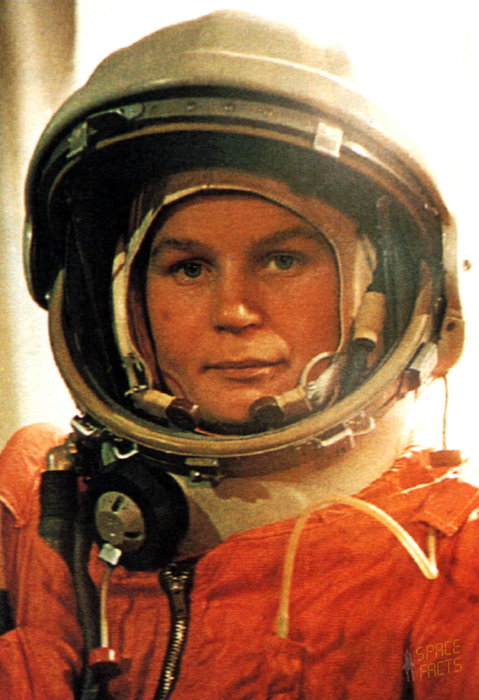

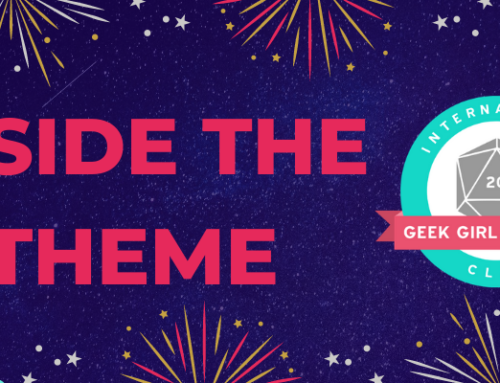


Leave A Comment
You must be logged in to post a comment.